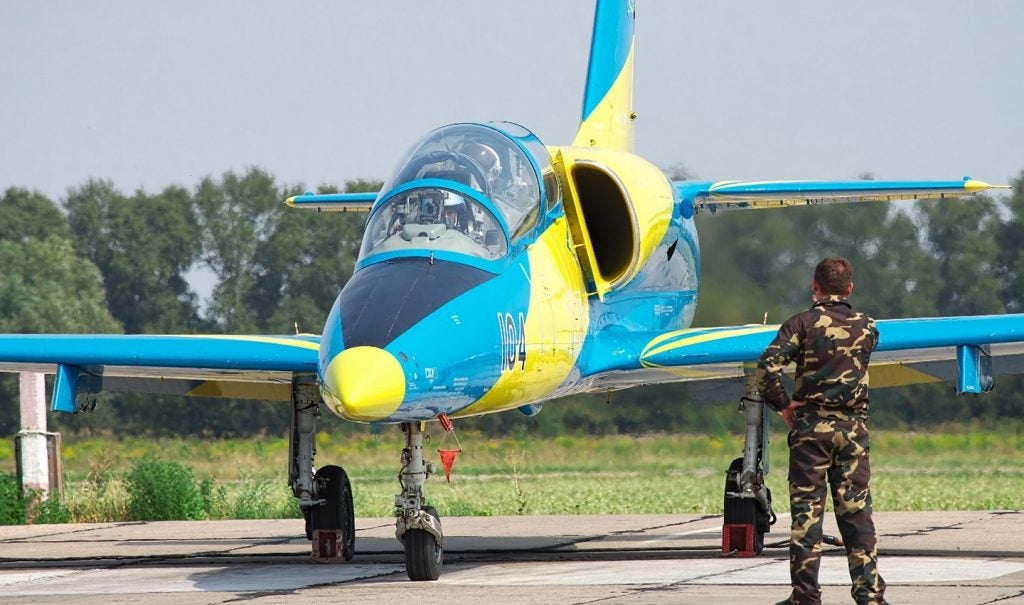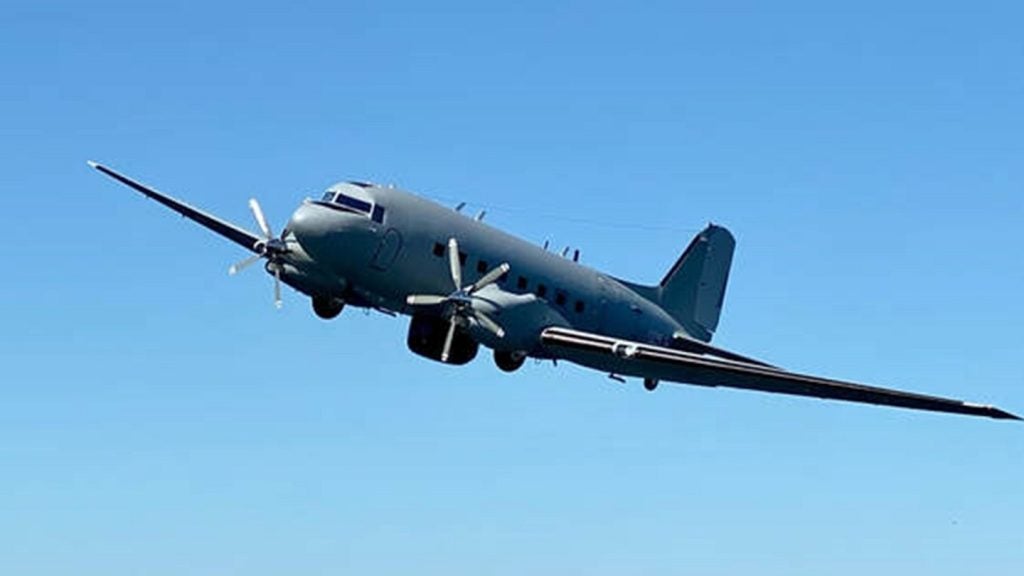The US Air Force (ASAF) clearly highlights aspects of Barack Obama's mission to acquire weapons that will meet the most likely future threats, or in his political marketing-speak, 'building a military for the 21st century'.
In his address to Congress on 24 February, Obama said nothing about specific weapons systems, but stated his intention to, 'reform our defence budget so that we're not paying for Cold War-era weapons systems we don't use'. Taken literally, this comment appears directed at one of the USAF's two signature fighters, namely, the F-22 Raptor, which was RFPd in 1986. However, full-on system development and demonstration (SDD) for both the Raptor and the USAF's other showcase fighter, the F-35 Lightning II (aka the joint strike fighter, or JSF), actually post-date the collapse of the Soviet Union.
Cost: who's counting, and how?
'Cold War' is metaphorically a codeword for equipment that costs too much. Here again, the Raptor initially appears to be the primary target because its unit production cost is around $140m for the most recent batch. In contrast, the USAF estimates the JSF's unit production cost at roughly $85m. However, the Raptor's development is now a completely sunk cost, unlike the JSF, which is still officially in advanced testing.
The JSF's final cost structure is more uncertain, however, and therefore more risky, especially in light of its history of cost overruns (although to be fair, the Raptor is hardly a poster child for thrifty development). In fact, the US Government Accountability Office estimated the total unit cost of the Raptor, including R&D expenditures, at $361m for each aircraft as of 2006, when the Pentagon planned a total purchase of 183 aircraft.
See Also:
Today's estimates for the JSF's all-in cost run around 10% less, around $330m for each Lightning – but given economic uncertainties, this differential is at the mercy of key factors such as production run lengths, supplier disruptions or failures, and even accounting factors such as estimated or actual inflation rates.
How well do you really know your competitors?
Access the most comprehensive Company Profiles on the market, powered by GlobalData. Save hours of research. Gain competitive edge.

Thank you!
Your download email will arrive shortly
Not ready to buy yet? Download a free sample
We are confident about the unique quality of our Company Profiles. However, we want you to make the most beneficial decision for your business, so we offer a free sample that you can download by submitting the below form
By GlobalDataIn the Pentagon's perfect world, both the Raptor and JSF would enjoy long production runs. From a purely operational perspective, a Raptor / Lightning duo would combine the Raptor's top-cover air superiority and the JSF's flexible surface attack capability into a nearly unbeatable package. However, the real world is far from perfect whichever way Obama and Congress look at it, which means that the USAF will ultimately have one or the other, but not both.
Strategic priorities: invisibility or mobility?
Cost equations and economic considerations aside, is there a clear-cut way to choose between the Raptor and JSF? A net assessment combining strategic and tactical factors suggests that there is.
Indeed, the Raptor / JSF choice represents the US military's clearest programmatic contrast between 'Cold War' and 'new war' technology.
To use a sales concept that dates from Cold War years, the unique selling proposition (USP) of the Raptor is its stealthiness, whereas that of the JSF is its vertical short take-off and landing (VSTOL) ability. From this perspective, Obama should clearly prefer the Lightning's USP for three reasons.
Obama's stated focus on putting people first, in the context of winning hearts and minds, implies prioritising the warfare on the ground, which in turn means prioritising attack aircraft such as the JSF over air superiority fighters such as the Raptor. Moreover, the JSF's ability to use rudimentary runways or even clearings gives it the strategic flexibility to operate where conflict is most likely, such as Somalia or even northwest Pakistan. Significantly in this regard, Defense Secretary Robert Gates has observed that the Raptor hasn't been used in either Iraq or Afghanistan.
Extrapolating from current conditions, the most significant threat to superior air forces is not enemy aircraft, but enemy missiles. And not air combat, but rather attacks on airbases with ballistic and supersonic cruise missiles of ever-improving range and accuracy. If this is correct, then VSTOL capability is logically more valuable than stealthiness – after all, invisibility to radar is useless if you can't take off. Conversely, the JSF still has enough air combat capability to
take on current fighter aircraft, especially if its vectored thrust features can expand the meaning of combat agility (for example, breaking radar locks).
Turning the emerging threats theme on its head, evolving electronic and information warfare techniques could serve as a partial substitute for stealth capability, making the Raptor less critical by comparison. As US and Israeli air raids have demonstrated, breaking into an adversary's C4 network can disable radar systems on the ground, obviating their defeat at the point of detection in the air. In contrast, the mobility advantage of the JSF has no comparable direct substitute.
One final factor, which ties money and strategy together, also favours the JSF over the Raptor. If shared effort is an Obama theme, then the JSF is his kind of plane. Domestically, the US Navy and Marines are customers along with the USAF, and internationally, several allies are not only customers but also integral members of the development team.
Whatever else happens, this unprecedented scope of buy-in should produce some incremental economies of scale for the JSF.
On the other hand, the Raptor is neither multi-service nor multinational in development. Indeed, its stealth technology is so valuable that by Congressional statute, the Raptor can't be exported, proving that a technology can be too good for its own good.






